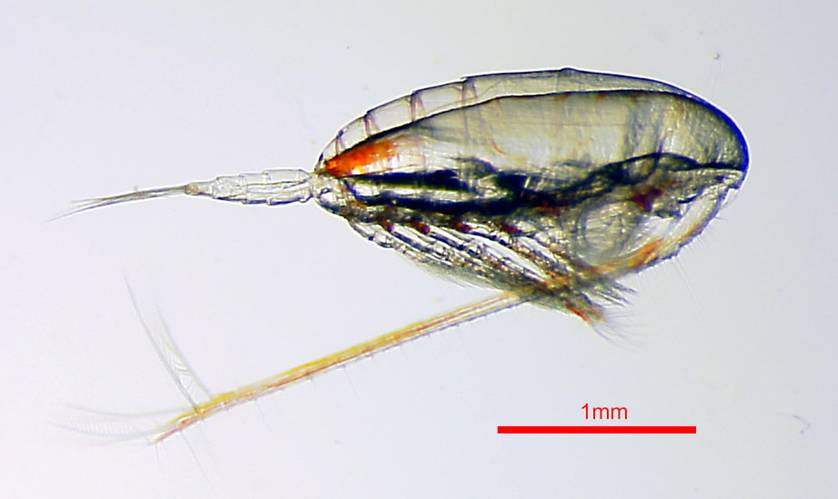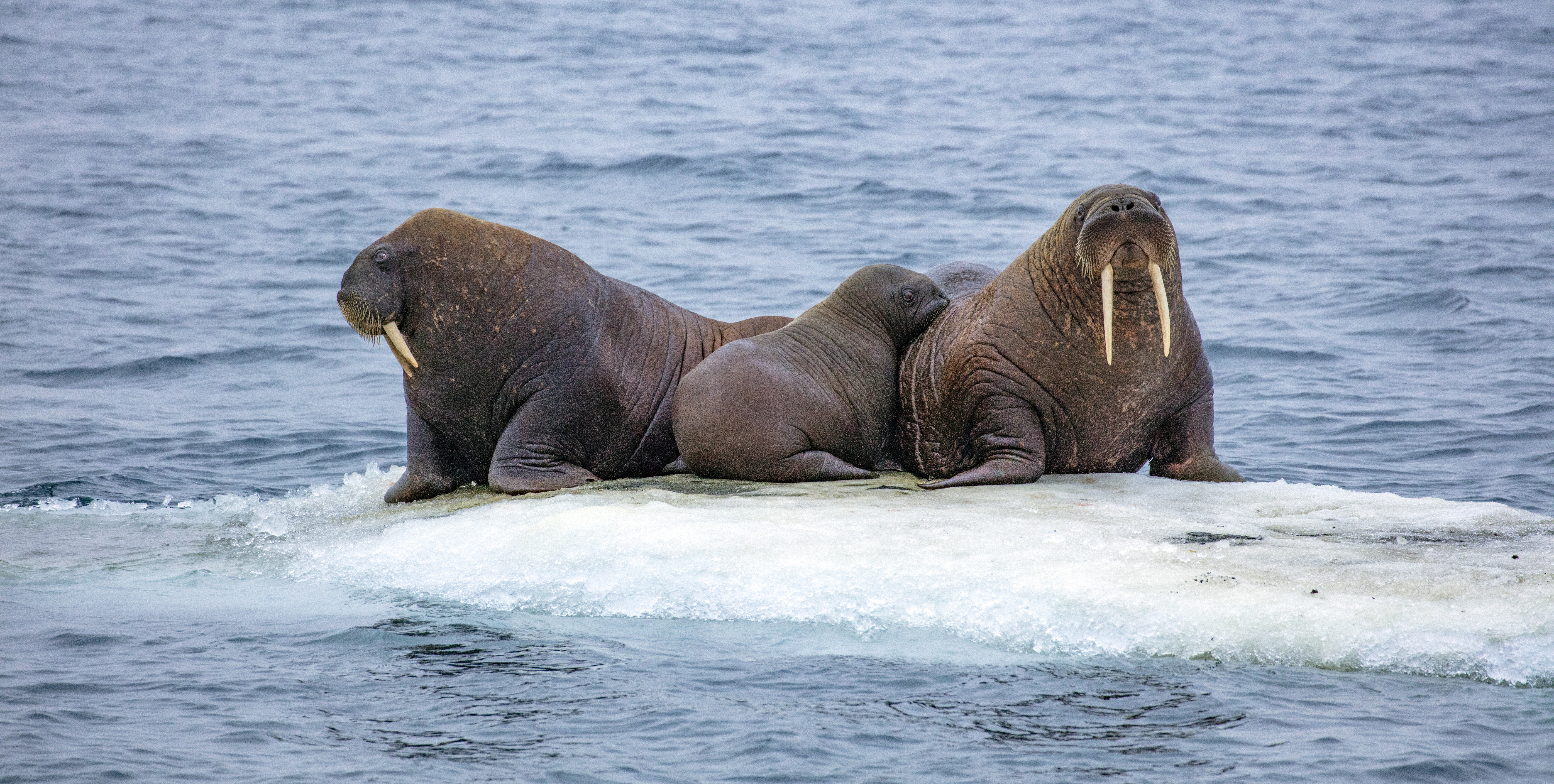A lot of marine creatures suffer from the ugly duckling syndrome. In their childhood, most crabs and shrimp resemble creatures from an Alien vs. Predator movie and even the most beautiful marine snails are born as amorphous clumps with what appear to be oversized hairy ears sticking out. The species of today tells the story of a reverse ugly duckling with a cute name: the ox-eyed oreo (Oreosoma atlanticum).
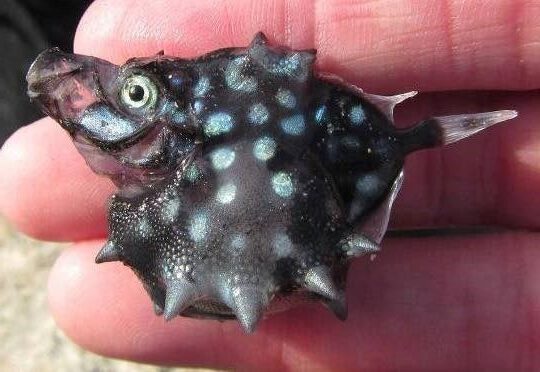
Having nothing to do with the famous American cookie, this fish from the Dory family is named after the Greek words oreos (mountain) and soma (body). Although the adult ox-eyed oreo doesn’t look like anything alpine, the cute juveniles do seem to have ingested a miniature mountain range. The adorable juvenile oreos look like a Pokémon-crossover between a boxfish and a spiny dinosaur and are, frankly, one of the cutest fish in the sea. The grown-ups, however, are not exactly stunners.
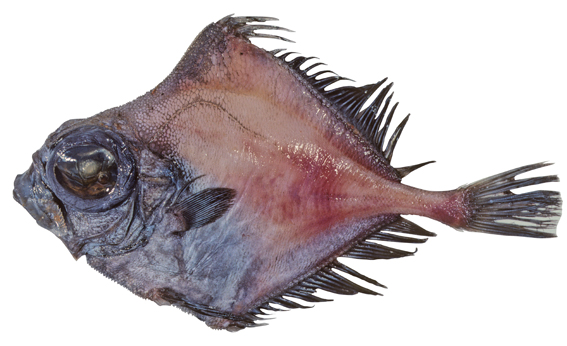
Granted, a live adult oreo may not look as hideous as this preserved specimen, but live adults are very hard to come by. Ox-eyed oreos are found on the continental slopes around South Africa, Australia and New Zealand and live in deep waters between 220 and 1550 meters under the sea. In these deep waters, they are only rarely encountered as accidental bycatch during deep sea trawls. Luckily for them, almost no light reaches these depths so they should not be too fussed about how poorly they have aged.
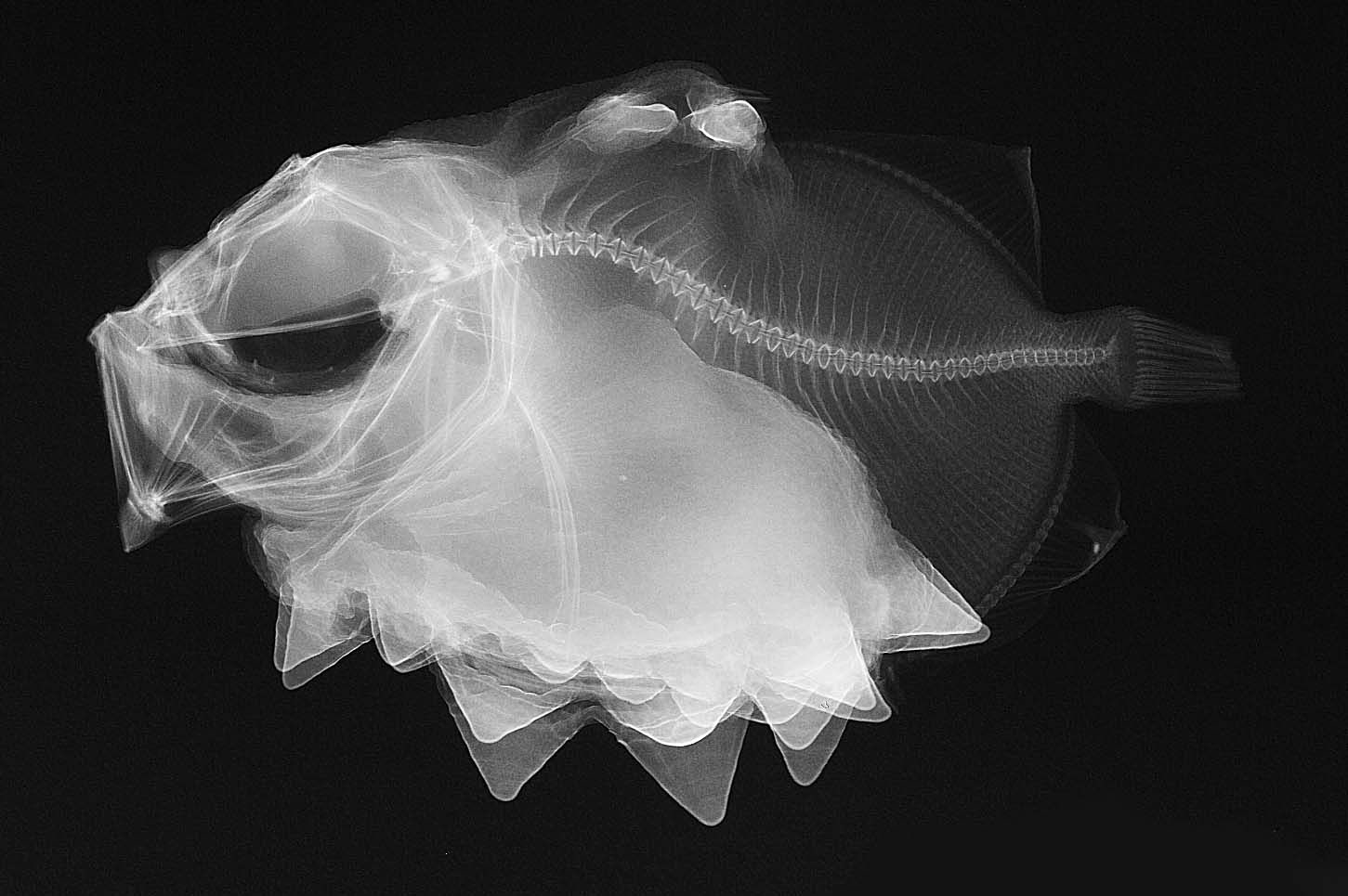
Denne luken er skrevet av Daan Mes, en nederlandsk marinbiolog midlertidig basert i Oslo. Han tar sin PhD gjennom ‘IMPRESS’; et stort europeisk forskningsprosjekt som sikter mot konservering av laks, europeisk ål og stør. Daans bidrag søker å øke laksens fitness slik at den vil overleve bedre i det fri. Som følge av dette tilbringer han mye tid på en avsidesliggende forskningsstasjon på vestlandet, men er heldigvis helt forelsket i den vakre norske naturen.
